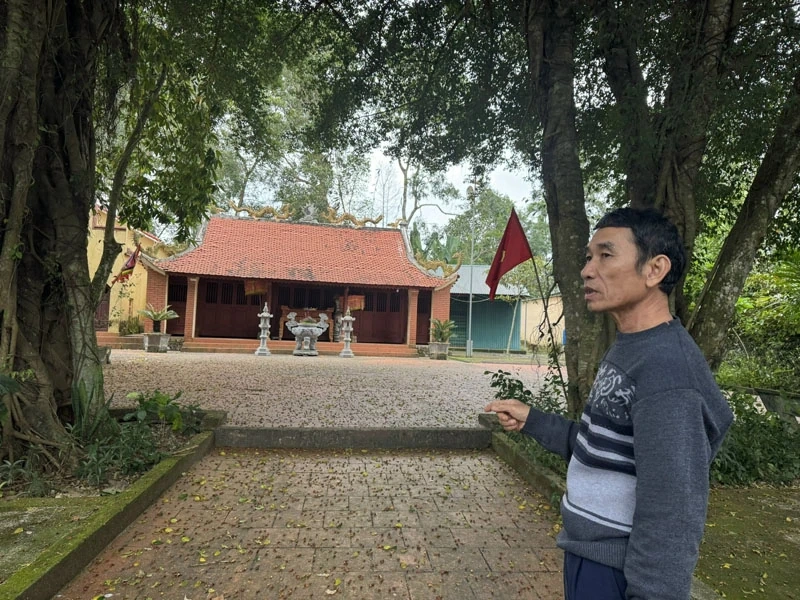
King Dinh Temple was recognized as a provincial historical and cultural relic in 1997. Photo: Chi Anh
In most of the general history books and monographs from the past to the present, the character Dinh Bo Linh is often associated with the feat of "suppressing the 12 warlords" and unifying the country.
As the son of Dinh Cong Tru, a general of the Governor Duong Dinh Nghe, who held the position of Governor of Hoan Chau during his lifetime, Dinh Bo Linh soon showed his talent for strategy. Historian Le Van Huu made a very accurate comment: "Thanks to his extraordinary talent and intelligence, the bravest and most resourceful man in his life, at a time when our Viet nation had no ruler, the strong leaders were in charge, he raised an army and all twelve warlords submitted."
In 968, Dinh Tien Hoang ascended the throne as Emperor. He was the first person to call himself Emperor in Vietnam - a title that expressed the spirit of equality with the Chinese emperors. Historian Le Van Huu said that "perhaps it was Heaven's will for our Vietnam to give birth to a sage. The legitimate King of our Vietnam truly began from there." To affirm his position as Emperor, in 969 he appointed his eldest son Dinh Lien as King of Nam Viet; appointed Nguyen Bac as Dinh Quoc Cong, Le Hoan as Thap Dao Tuong Quan... The birth of Dai Co Viet State was truly a major milestone in the historical process of the nation. With the establishment of the National title, the reign name, the construction of a unified administrative apparatus from top to bottom, the determination of the territory, the minting of bronze coins, and the attention paid to the development of the economy, culture, and military ... the cause of re-establishing the nation was officially completed.
Explaining why Dinh Tien Hoang is worshiped in Quan Thanh village, Mr. Tran Van Tam, head of Quan Thanh village, said: "From generation to generation, people in the village often say that on this land, Dinh Bo Linh stopped and established a military base. We don't know how true that is, but we think it could be the pride and gratitude of my hometown people to a national hero."
The history of the temple of King Dinh Tien Hoang states: In the years 966 - 968, after the death of Nam Tan Vuong - the king of the Later Ngo Vuong period, the leaders competed to rise up and occupy districts and hamlets to defend themselves. Ngo Xuong Xi occupied Binh Kieu - Ai Chau ( Thanh Hoa today), at that time Dinh Bo Linh from the outside led his army to gather at Cau Trang village, Hoang Cau commune, Loi Duong district, now Quan Thanh village, Tho Phu commune to destroy the last warlord, unifying the country. To remember the feat of a king, and for his descendants to be worshiped, the people in the area and in the village built a temple.
Dinh Tien Hoang Temple is located in a vast space of rice fields, in front of which are peach gardens waiting to bloom. The temple has a "Dinh" shape, consisting of three horizontal rooms and two vertical rooms. The temple still preserves the throne, the deity, the incense burner, and four royal decrees from the Later Le and Nguyen dynasties. In addition, there is a stone incense burner with the words "Dinh Tien Hoang De". At the age of 98, Mr. Tran Van Hoi is the person who has witnessed the most years of the Dinh King Temple festival in the village. He said: "From January 13 to 15 is the day of the festival. In addition to the ceremony, people carry the palanquin around the village, the festival is very fun, especially the human chess competition. This competition is associated with the story of King Dinh when he was young, often forcing children to fold their arms to make a palanquin to sit on, then let them carry it around the fields and use cotton as flags, setting up a fake battle to fight... Therefore, to this day, human chess is still an intellectual folk game of the people of Quan Thanh village.
It can be affirmed that King Dinh Tien Hoang's mark on Thanh Hoa land is not much. A small temple located in a small village, surrounded by green trees. But for the villagers/hamlet of Quan Thanh, the temple is extremely sacred, protecting people from floods, and is a place for children and grandchildren to come to pray for peace.
Chi Anh
Source: https://baothanhhoa.vn/dat-lang-quan-thanh-co-den-tho-vua-dinh-269470.htm








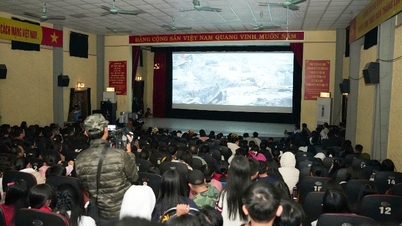

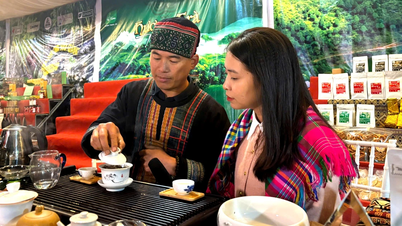












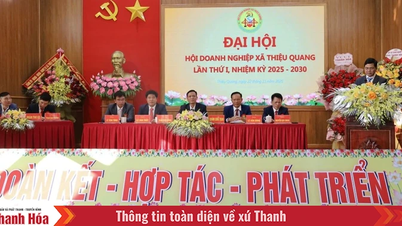
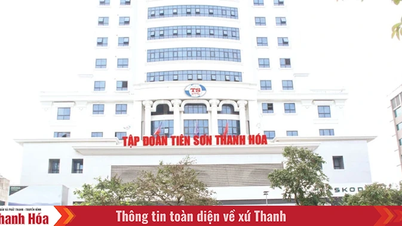
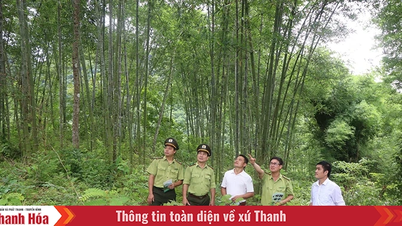
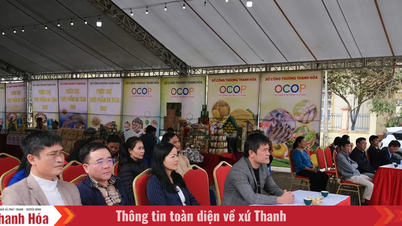
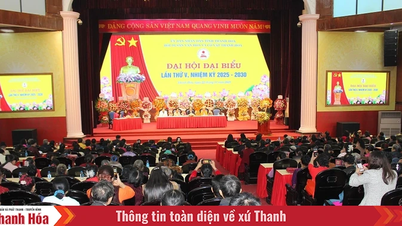







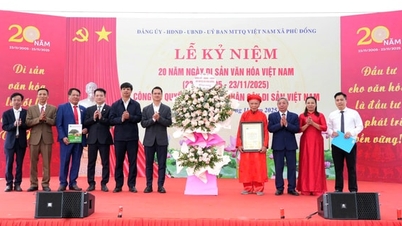







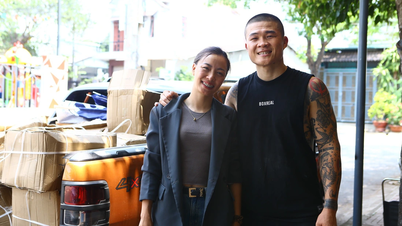





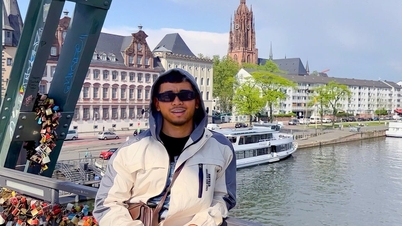















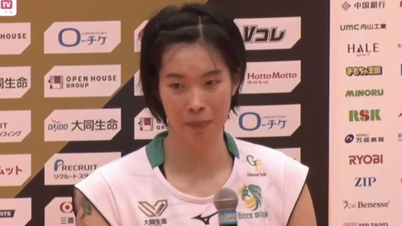








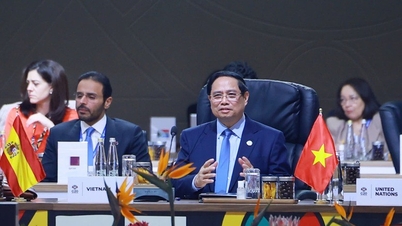
























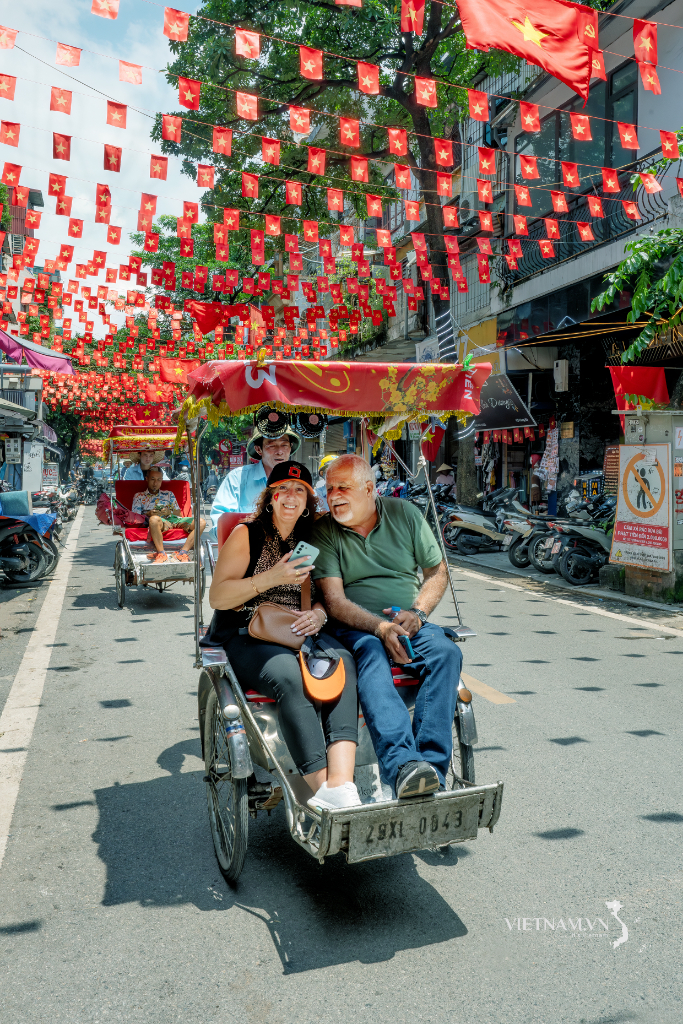
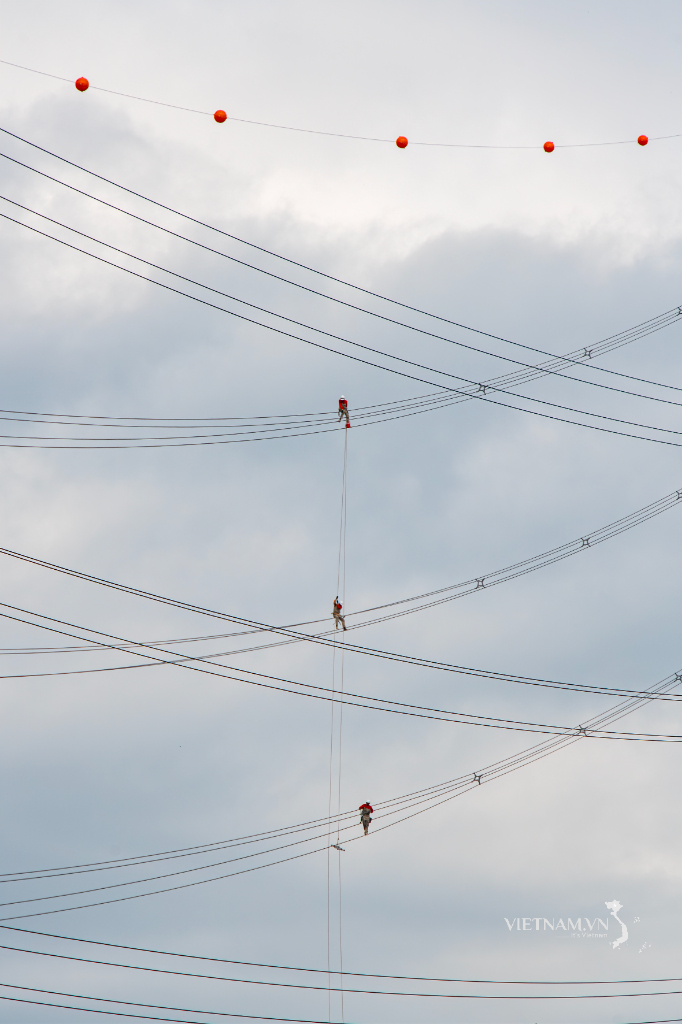

Comment (0)